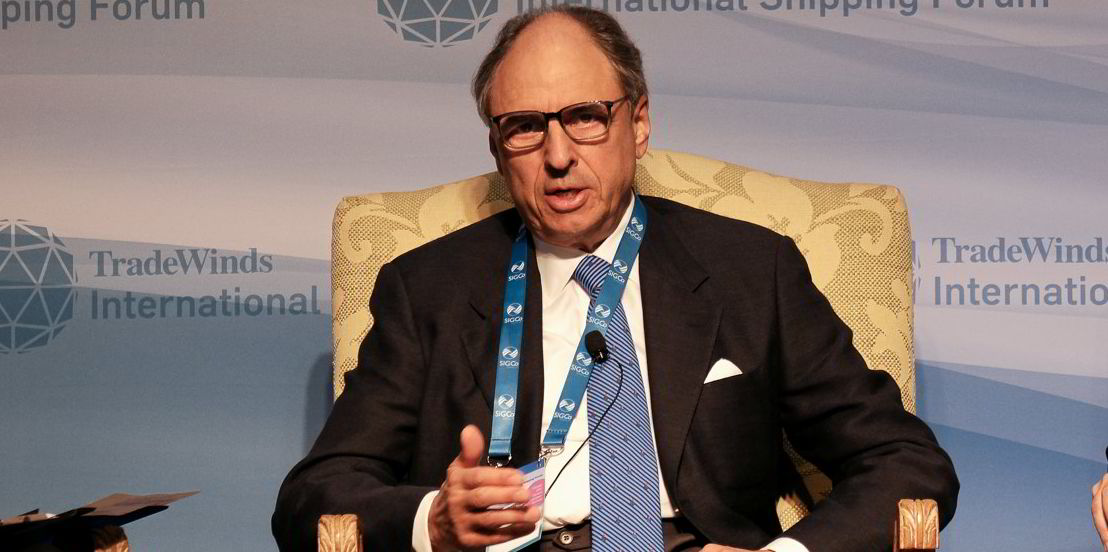Container ship operators should enjoy the rates surge connected with the diversion of cargoes from the Suez Canal as its run is likely to be brief.
That was the take from analysts at Deutsche Bank as they assessed the impact of attacks on shipping by the Yemen-based Houthi militants, which have caused several liner companies to steer clear of the Red Sea.
The added tonne-miles have boosted previously sagging container ship rates, but the surge is likely limited in duration and needs to be viewed against the overall poor dynamics of the boxships sector, according to a client note from DB analysts Amit Mehrotra, Chris Robertson and Ben Mohr.
“We don’t believe we are returning to any multi-quarter or multi-year rally in container freight rates like we saw during the pandemic,” the analysts wrote.
“The nature of the global pandemic and subsequent lockdowns resulted in a perfect storm of changes in consumer preferences for goods over services and labour shortages along the entire supply chain, especially at export and import ports.
“We think the current situation may be positive for freight rates in the short term but this is happening against the larger backdrop of a weaker container freight market.”
DB reminded clients that newbuilding capacity equal to 20% of the current fleet is set to hit the market in the coming quarters, thus throwing a wet blanket on the short-term momentum.
That dynamic also drew commentary from Jefferies lead shipping analyst Omar Nokta, who told TradeWinds in a recent interview that at least the Suez Canal disruption has bought the liner companies some much-needed time.
Data from Jefferies on 2023 stock performance showed a very different picture for the liner listings compared with container ship lessors.
Six listed tonnage providers scored an average gain of 16.7% in share price and 21.7% with dividends on the year as investors digested the reality that liner companies were either unable or unwilling to break long-term contracts.
Investors were much less constructive on the liner names. Israel’s Zim was the worst performer of all 27 Jefferies stocks with a 42.6% drop, while Hapag-Lloyd plunged 21.3% and AP-Moller Maersk fell 8.6%.
“Everything turned on its head three weeks ago,” with the Red Sea attacks, Nokta said, causing a huge inquiry from investors.

“It’s going haywire. The best thing for the liner companies at the moment is that all the earnings they’re capturing are not at the expense of future earnings. There’s no inventory-build in containers, it’s just the cost of doing business in a tight market.”
Jefferies had previously calculated that the liner operators would have to get through a six-quarter market trough owing to the aggressive newbuilding delivery schedule. The current rally, even if short term, has changed that calculation.
“Now there’s one of those six quarters that you don’t have to worry about,” Nokta said. “We’re more positive on the outlook for the liners now.”





